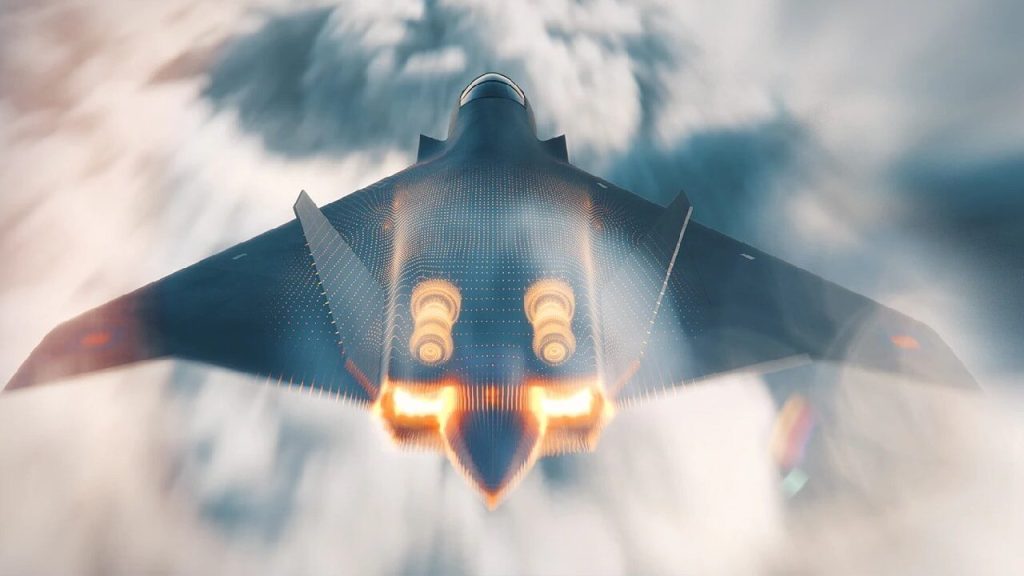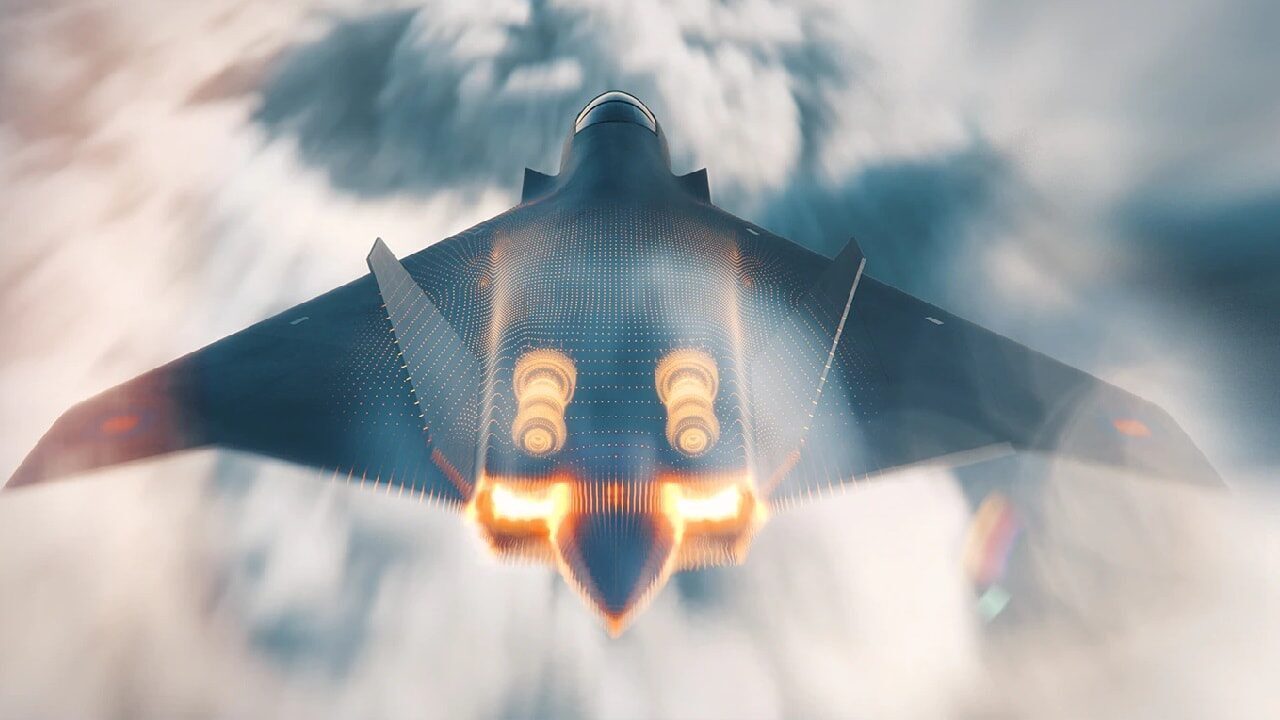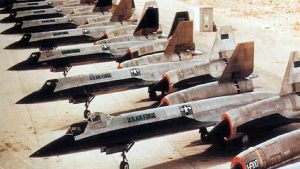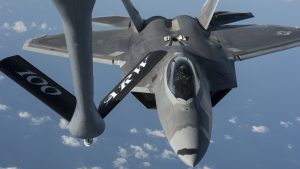Japan decided to join the British-Italian sixth-generation fighter program public last week. It might change everything.

After months of speculation, Japan confirmed that it would join the British-Italian sixth-generation fighter program, providing Team Tempest with an official new partner. That one was not exactly a life-changing revelation.
Tokyo’s joining the global collaboration and combining its F-X fighter program with Tempest, formerly known as the Future Combat Air System (FCAS), has been rumored for months.
However, this British-Italian-Japanese plan was renamed Global Combat Air Programme, probably to avoid confusion with the Franco-German-Spanish FCAS program (GCAP). Additionally, it emphasizes the tight ties between the countries governments, militaries, and industries and strengthens the U.K.’s worldwide commitment to future air combat.
The initiative will build on the big steps forward that BAE Systems, Leonardo UK, MBDA UK, Rolls-Royce, and the U.K. Ministry of Defense have made in the U.K. Since 2018. These companies and the U.K. Ministry of Defense have been working together as Team Tempest to look into, evaluate, and make a wide range of next-generation future combat air systems capabilities.
U.K. Prime Minister Rishi Sunak declared, “The security of the United Kingdom, both today and for future generations, will always be paramount to this government.” We must stay ahead of defense technologies to outwit and outmaneuver our enemies.
Tokyo will continue to collaborate with the U.S. on other military endeavors, but it has been noted that Japan is fully committing to the U.K.
This partnership demonstrates the major countries’ dedication to creating sixth-generation aircraft. It is a substantial departure for Japan from its reliance on U.S. aircraft. William Davies, an aerospace expert at global analytics business Global Data, said in an email that the GCAP program won when the U.K. and Italy were chosen over the U.S.
Davies said the GCAP would compete with the U.S. Next Generation Air Dominance (NGAD) and European FCAS programs. Because many countries could use it, the cost will be shared, but the countries involved must make difficult choices regarding their defense budget.
Japan’s growing industrial capability might provide the program a considerable boost, but it could also raise the available budget.
According to Davies, extra money is needed given the overall program expenses of next-generation aircraft. The U.S. Air Force requested $11.7 billion for NGAD research and development from 2023 through 2027. These hefty costs are also reflected in Tempest’s $2.38 billion through 2025 and FCAS’s $103.4 billion overall development.
Davies did, however, add that he did not think Japan would be the final nation to join the GCAP program because the more partners the program gathers, the more cost-saving measures it will implement. Sweden had been considering participating in the program, but Saab’s president and CEO, Micael Johansson, announced in August that Stockholm’s participation was on hold.
Given the costs and potential market, Sweden might still alter course and join the endeavor, much as Spain did with the Franco-German FCAS. According to Davies, “the GCAP program will enable partner nations to make design decisions to fit particular needs, as well as create jobs and business possibilities in their individual countries.” Mitsubishi Heavy Industries of Japan, Leonardo of Italy, and BAE Systems of the United Kingdom will all work together on the initiative as equal partners who will boost home industries and offer global partnerships, unlike Tempest’s European links.






